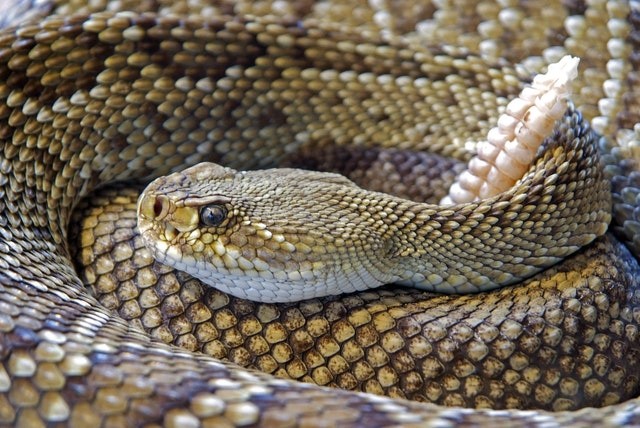Is it possible for humans to produce venom? For humans to join rattlesnakes and platypuses in the ranks of venomous animals is unlikely; however, a recent study reveals that humans have tool kits to evolve venom - in fact, all mammals and reptiles do.

Salivary Glands in Humans
The collection of flexible genes, specifically associated with salivary glands in humans, explains how the toxin evolved independently from non-poisonous ancestors more than 100 times in the animal kingdom.
The study co-author and doctoral student in evolutionary genetics, Agneesh Barua from the Okinawa Institute of Science and Technology in Japan said "Importantly, we have all the building blocks in place, so it is now up to evolution to get us there." Biologists knew that oral venom glands have altered salivary glands, but the new research reveals the mechanical molecules behind the change.
A biochemist and toxin specialist who was not involved in the study, Bryan Fry from the University of Queensland in Australia said, "This will be a real landmark in the field, they did an absolutely amazing task of some extremely wide studies."
Also Read : Snakes: The Evolution of their Venomous Bite
A Flexible Weapon
Venom is the ultimate example of nature's flexibility. Many of the venomous toxins are common in a variety of animals; some parts of centipede venom, for example, are also found in snake venom. This was revealed by Ronald Jenner, a venom scientist at the London's Natural History Museum who was not involved in the study.
The new study does not focus on the toxins themselves, because they are rapidly changing and a complex mix of compounds, Barua told Live Science. Instead, Barua and co-author Alexander Mikheyev, an evolutionary biologist at the Australian National University who centralizes on "housekeeping" genes, the genes are related with the toxin but not responsible for creating the toxins themselves. These regulatory genes form the basis of the whole toxin system.
Constellation of Genes
The researchers started with the genome of Taiwan habu (Trimeresurus mucrosquamatus), a brown pit viper that has been well studied, in part because it is an invasive specie in Okinawa.
Barua also reported that because they understand the function of all the genes present in the animal, they can only see which genes are linked with the toxic genes.
The team found a constellation of genes that are common to many body tissues in all amniotes. (Amniotes are animals that fertilize their eggs internally or lay eggs on the ground; they include reptiles, birds, and some mammals.) Many of these genes are involved in folding proteins, said Barua, which makes sense, because venomous animals must produce large quantities of poisons, which are made of proteins.

The Genetic Foundation
"A tissue like this really has to make sure the protein it makes is of high quality," Barua said.
Not surprisingly, the same type of home care regulatory genes is found in abundance in the human salivary gland, which also produces an important stewed protein - found in saliva - in large quantities.
This genetic foundation enables a wide range of independently evolved toxins throughout the animal kingdom.
Related Article : Funnel-Web Spider: Venom of Deadliest Spider in Australia May Help Save Heart Transplant Patients
For more news, updates about venomous creatures and siomilar topics don't forget to follow Nature World News!
© 2025 NatureWorldNews.com All rights reserved. Do not reproduce without permission.





